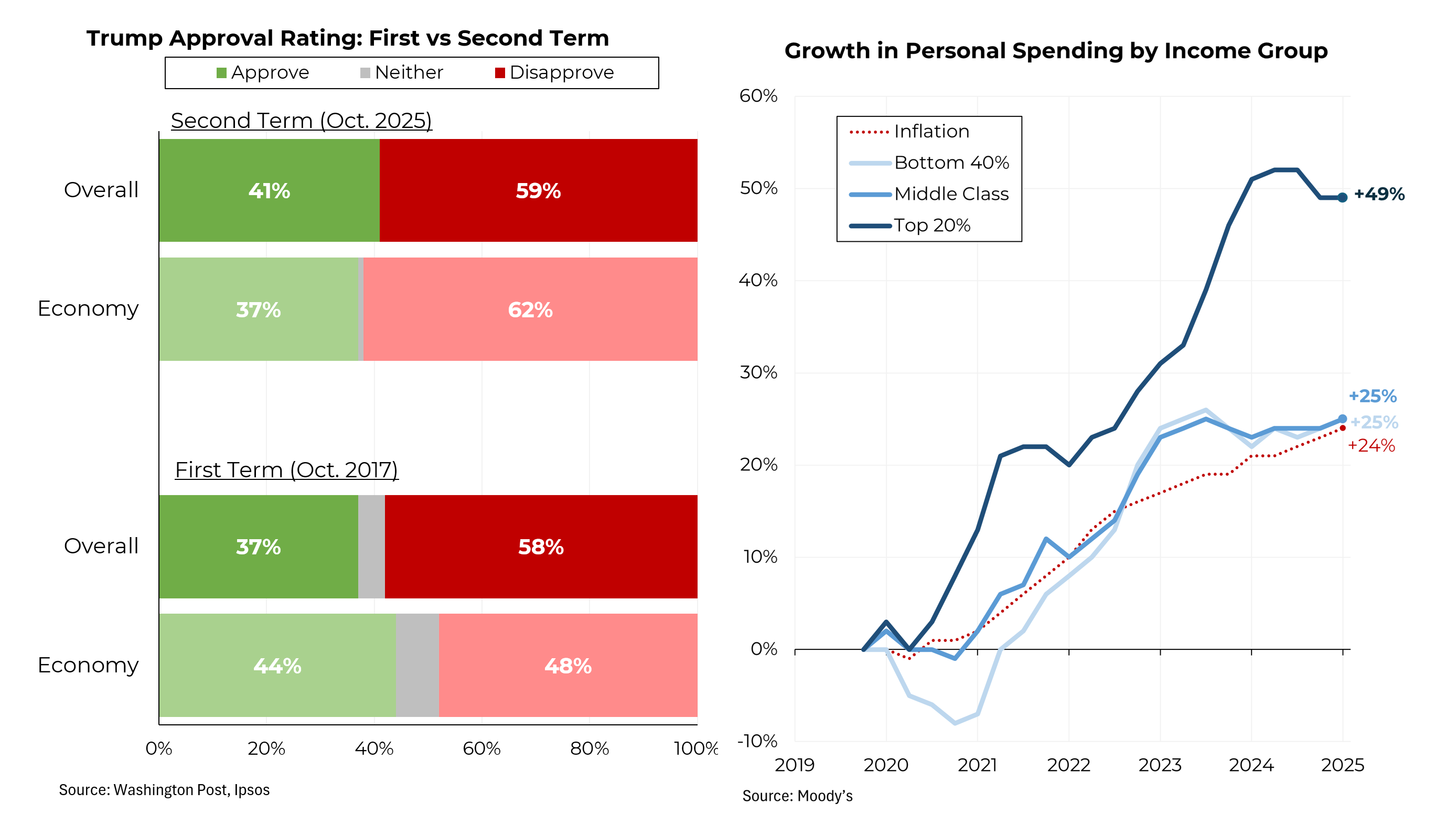Originally published in the Financial Times
Eurobonds. EFSF. IMF austerity. ESM. Budgetary rules. A European finance minister. So many wonky ideas for saving the single currency swirling as pressure mounts on the eurozone’s leaders to find a solution at this weekend’s summit. Unusually, senior US policymakers have also weighed in, urging boldness and the American policy tools of 2008 on their European counterparts.
Some stew of these ideas may well cool financial markets for a time. But however forcefully and thoughtfully these measures may be implemented, they still amount to treating a patient who needs surgery with painkillers and sticking plaster. None of these worthy programmes will end the euro’s problems.
That’s because much about today’s crisis is structural, stemming from the euro’s flawed design and particularly the misguided notion that a common monetary policy could work without integration of other policies – not just fiscal policy. As many of us predicted, lashing 17 disparate economies together monetarily and expecting them to march in step was ludicrous.
Most importantly, competitiveness never converged. In the past decade, German productivity grew by 9.4 per cent, while not increasing at all in Italy. That is why Germany’s economy grew by nearly 10 per cent while Italy’s barely grew.
None of the main ideas mooted in response to the crisis would address this critical divergence. Take, for example, Eurobonds. Creating debt instruments backed by all 17 euro members might ease liquidity strains but would do absolutely nothing to improve Italian productivity.
Gazing at the American model, some imagine that mimicking the Troubled Asset Relief Program (Tarp) that played such a critical role in resolving the American financial crisis might help. But that’s just another liquidity program, not a way to harmonise competitiveness. Nor could a European version of an American treasury secretary order southern Italians to work as efficiently as Germans.
The US experience demonstrates clearly that sharing a currency requires more than a central bank, more than a central treasury and more even than tight fiscal rules. For example, regional divergences are smoothed in the US model by the propensity of American workers to migrate in response to changes in employment prospects. Europeans don’t move as often within their own countries, let alone across borders where language barriers still persist.
The US fiscal regime also includes “automatic stabilisers” that silently funnel resources to needier areas. In Europe, such programmes are disparagingly known as “transfer payments,” and while they exist in limited fashion within the budget of the European Union (and within the bailouts of Greece and Ireland), even a hint of expanding them is political suicide in countries like Germany.
Absent these features, productivity in the eurozone will surely continue to grow at varying rates, leading to recurring stresses magnified by the common currency. Instead of being able to devalue, the only way for eurozone countries to remain at all competitive will be for wages to adjust, euphemistically known in Europe as an “internal devaluation.”
That is precisely what is underway in Greece and Ireland, and necessary in Italy and perhaps elsewhere. Because increases in labour costs in those countries wildly outstripped what occurred in Germany (adjusted for productivity), wages must now fall, a difficult process that brings huge social and political pressures.
With wary lenders imposing higher borrowing costs on weaker countries, these countries face a new challenge to competitiveness. For Italy, paying nearly three times Germany’s rates on its sovereign debt is another drag on a fragile economy. In the US most public sector borrowing occurs in Washington, easing this disparity. A Eurobond could partially address this problem, but instituting it courts renewed complacency among weaker participants who have freely flouted past fiscal strictures.
Having come this far with the single currency, Europe has no choice but to press on toward full economic and political integration. The alternative, trying to unwind a dozen years of a shared monetary system, would be unimaginably disruptive. Pllenty of currency unions have dissolved before, but none involving so many countries of such scale and centrality.
Perhaps, as Churchill said of the US, participants in the euro will only do the right thing after exhausting every alternative. That would be unfortunate. With a more honest recognition of what is required to make the euro work, the 17 buccaneers could avoid more ineffective ideas and thereby cease lurching from crisis to crisis.





